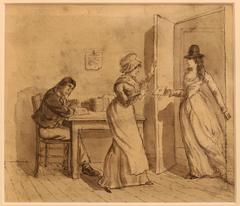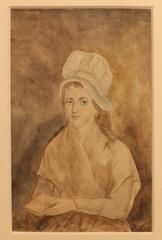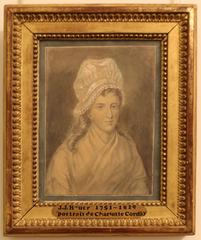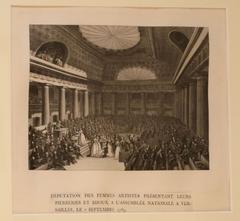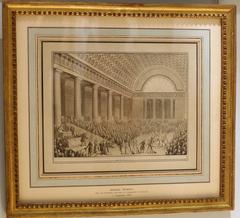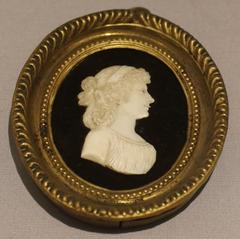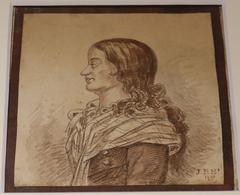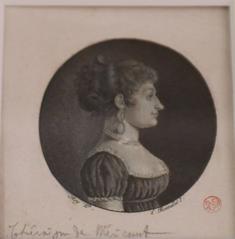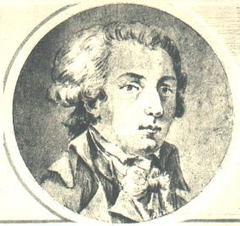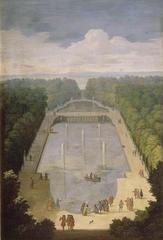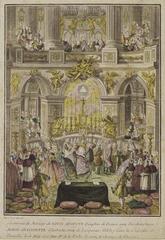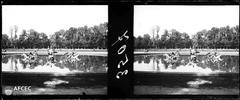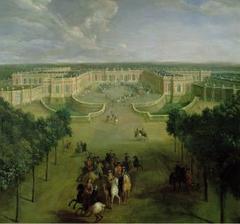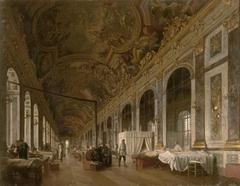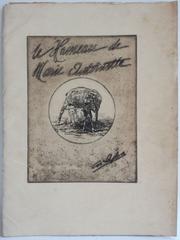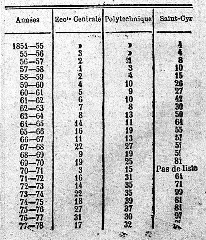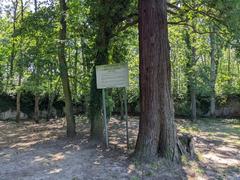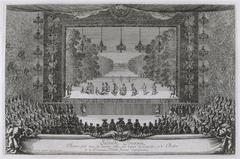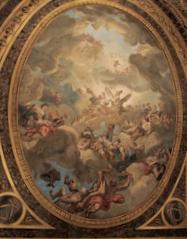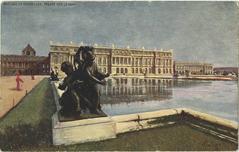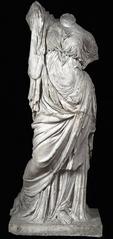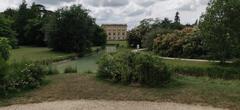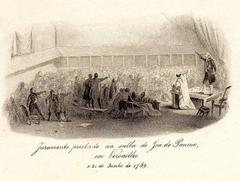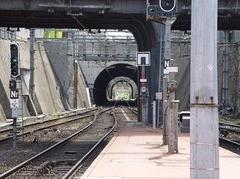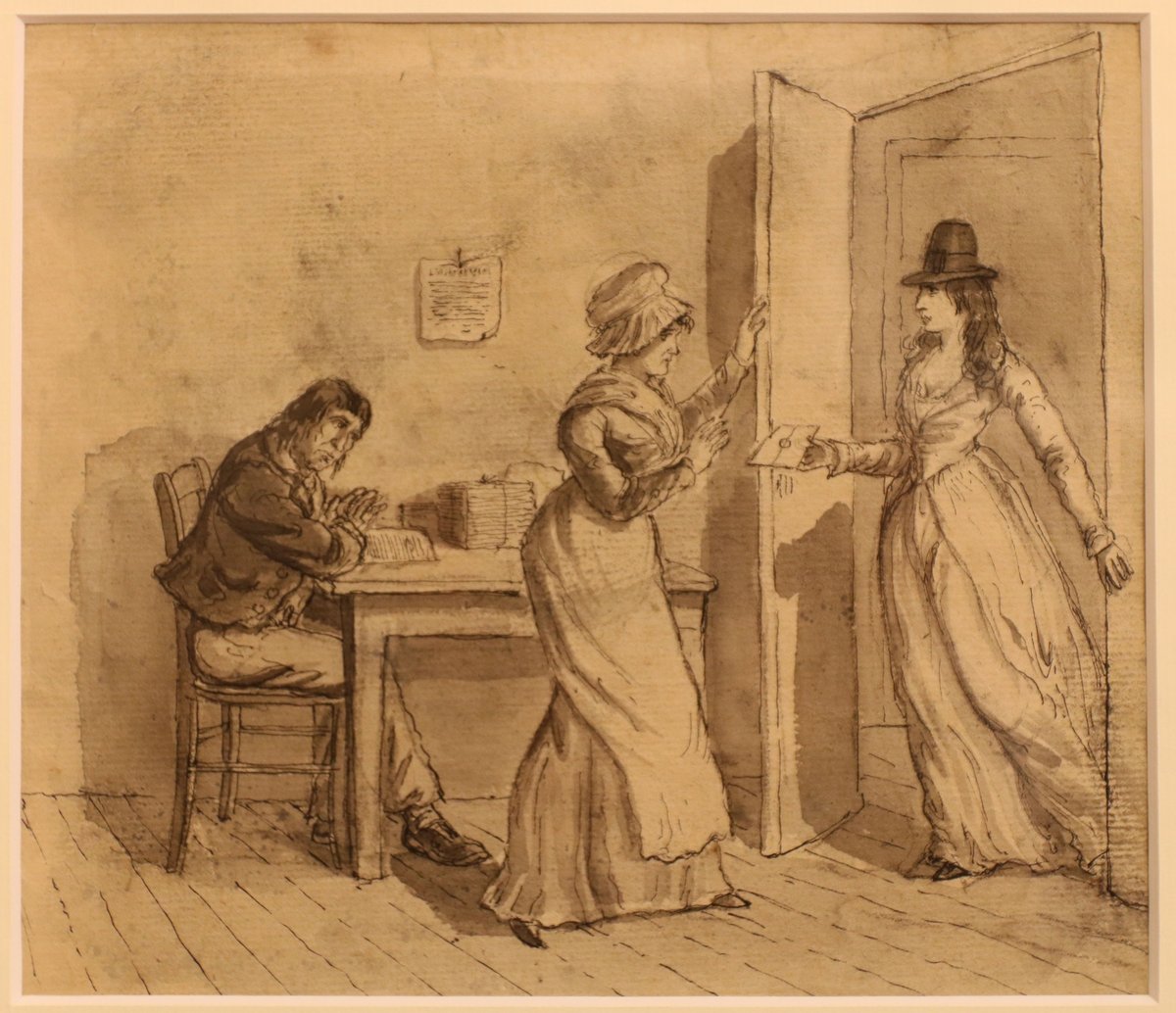
Visiting Hours, Tickets, and Attractions of Musée Lambinet in Versailles
Date: 31/07/2024
Introduction
Nestled in the heart of Versailles, the Musée Lambinet is a treasure trove of French history, art, and culture. Located at 54, Boulevard de la Reine, this 18th-century mansion, known as the Hôtel Lambinet, offers visitors a unique glimpse into the past. Constructed in 1751 for Joseph-Barnabé Porchon, an entrepreneur for the buildings of King Louis XV, the mansion was later transformed into a museum in 1932, thanks to the bequest of Nathalie Lambinet. The museum’s collection is vast, encompassing approximately 500 works that chronicle the history of France, the city of Versailles, and the French Revolution. From fine arts and decorative objects to historical documents and personal items, the Musée Lambinet provides an intimate look at the daily lives of those who lived in Versailles during the 18th and 19th centuries. Whether you’re a history buff, an art lover, or simply looking for a charming day out, the Musée Lambinet has something for everyone. (source)
Table of Contents
- Introduction
- Origins and Early History
- Transition to a Museum
- Architectural Significance
- Historical Designations and Restorations
- Collections and Exhibits
- Contributions and Donations
- Recent Developments
- Accessibility and Visitor Information
- Frequently Asked Questions (FAQ)
- Conclusion
Origins and Early History
The Musée Lambinet is housed in an 18th-century mansion originally constructed in 1751 for Joseph-Barnabé Porchon, an entrepreneur for the buildings of King Louis XV. The mansion was designed by architect Élie Blanchard and built on a plot that was once part of the Clagny pond, which had dried up by 1737.
Transition to a Museum
In 1852, Victor Lambinet, a former lawyer and judge at the court of Versailles, purchased the Hôtel des Porchon. He moved into the mansion in 1859 with his family, including his wife Nathalie Chevassus. Nathalie Lambinet played a crucial role in assembling collections of works that would later form the core of the museum’s exhibits. After the deaths of her father-in-law Victor, her husband, and her son Pierre, Nathalie Lambinet found herself without an heir. In 1929, she bequeathed the building and its collections to the city of Versailles, stipulating that it be transformed into a museum. The Musée Lambinet officially opened to the public in 1932.
Architectural Significance
The Hôtel Lambinet is a fine example of an 18th-century hôtel particulier, a type of mansion that was particularly popular among wealthy Parisians. The building features a garden façade with a sculpted pediment representing an allegorical figure of architecture. The mansion also boasts a small French garden, adding to its historical charm.
Historical Designations and Restorations
The façade, roof, and the Salon doré on the first floor of the mansion were classified as historical monuments in 1944. The museum was awarded the “Musée de France” designation in 2004, recognizing its significance in French cultural heritage. The museum underwent significant restorations and reorganization in the 1980s and early 2000s. It was closed for extensive renovations from April 18 to September 18, 2010. After a three-year renovation campaign, the museum reopened on December 3, 2022, with a new museographical organization that emphasized its identity as a “collectors’ house.”
Collections and Exhibits
The Musée Lambinet’s collection is extensive, covering the history of France, the city of Versailles, and the French Revolution. The museum houses approximately 500 works, including paintings, sculptures, furniture, and decorative objects, displayed across three levels:
- Ground Floor: Features donations from collectors that have enriched the museum’s holdings.
- First Floor: Recreates a bourgeois apartment from the mid-18th century, complete with a bedroom, boudoir, and rooms showcasing baroque clocks and commodes by renowned cabinetmakers.
- Second Floor: Chronicles the history of Versailles from the 17th to the 20th century through various collections.
Among the notable objects in the museum are rare croziers from abbeys founded by Queen Blanche of Castile and a harp crafted by Jean-Henri Naderman, luthier to Queen Marie-Antoinette.
Contributions and Donations
The museum’s collection has been significantly enriched by donations and bequests over the years. One of the most important donations came from Charles Vatel in 1883. The museum also benefited from a transfer of collections from the Beaux-Arts section of the municipal library, further enhancing its status as a “collectors’ museum.”
Recent Developments
The Musée Lambinet continues to evolve, regularly organizing temporary exhibitions and special displays that explore specific themes or periods in French art history. These exhibitions often feature works from other museums and private collections, providing visitors with unique opportunities to see rare and exceptional pieces. The museum also offers a range of interactive and engaging educational programs, workshops, and guided tours designed to bring the past to life for visitors of all ages. Multimedia guides and interactive displays enhance the visitor experience, providing additional information, images, and audio recordings.
Accessibility and Visitor Information
The Musée Lambinet is open from noon to 7 p.m. on Wednesdays to Fridays and from 10 a.m. to 7 p.m. on Saturdays and Sundays. It is closed on Mondays, Tuesdays, and holidays. Admission costs €6 for individuals, with a reduced rate of €5 for concessions. The museum is free on the last Sunday of each month, allowing visitors to explore its collections without charge. For those planning a visit, the nearest train station is Versailles Rive Droite, accessible from Paris Saint Lazare. Street parking is available on Boulevard de la Reine, and there is also a parking facility at “Parc Reine – Richaud.”
Frequently Asked Questions (FAQ)
What are the opening hours of Musée Lambinet?
- The museum is open from noon to 7 p.m. on Wednesdays to Fridays and from 10 a.m. to 7 p.m. on Saturdays and Sundays. It is closed on Mondays, Tuesdays, and holidays.
How much are tickets to Musée Lambinet?
- Admission costs €6 for individuals, with a reduced rate of €5 for concessions. The museum is free on the last Sunday of each month.
How can I get to Musée Lambinet?
- The nearest train station is Versailles Rive Droite, accessible from Paris Saint Lazare. Street parking is available on Boulevard de la Reine, and there is also a parking facility at “Parc Reine – Richaud.”
Conclusion
In conclusion, the Musée Lambinet offers a rich and immersive experience for visitors interested in French history, art, and culture. The museum’s extensive collection, housed in an 18th-century mansion, provides a unique glimpse into the lives of Versailles’ residents during the 18th and 19th centuries. With its carefully curated exhibits, guided tours, and special events, the Musée Lambinet continues to be a vital part of Versailles’ cultural landscape. Whether you’re exploring the fine arts collection, delving into historical documents, or marveling at the decorative arts, the Musée Lambinet promises an enriching and memorable visit. For those planning a trip, the museum’s accessibility, convenient location, and nearby attractions make it an ideal destination. Stay updated on the latest events and exhibitions by following the museum on social media or visiting their official website. We look forward to welcoming you to this historical gem in the heart of Versailles. (source)
